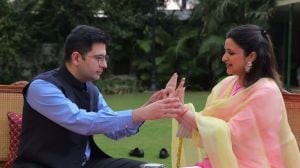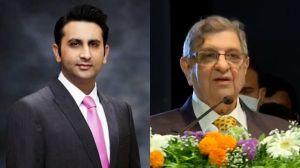On April 13, 1919, following protests and unrest in Punjab’s Amritsar over the passage of anarchical Rowlatt Act on March 10, 1919, Brigadier General Reginald Dyer ordered one of the deadliest massacres in the history of India. This incident became a defining moment in the struggle for independence thereafter.
This Saturday will mark the 100th anniversary of the massacre but calls for a sincere apology from the British government have not been heeded yet. On Wednesday, British PM Theresa May reiterated “deep regret” over the incident but it’s still far away from an apology for the shameful scar on the British-India history.
WHAT HAPPENED ON APRIL 13, 1919?
On this day, around 15,000 to 20,000 people had gathered at Jallianwala Bagh in the northern part of Amritsar city on the occasion of Baisakhi.
Brigadier Dyer along with 50 troops marched through the only entrance and fired indiscriminately into the crowd from close range.
READ: 100 years of Jallianwala Bagh massacre: Shameful act in Britain-India history says, British envoy
Officials figures of the massacre reveal that only 379 people died, however, the Indian National Congress had then pegged the figure at least 1,000 people killed and 500 injured.
After the massacre – to tighten the grip over the area and keep the protests at bay, infamous Saalam order and crawling order were issued to humiliate the natives.
Calls for investigation into the massacre were made and finally, a Disorders Inquiry Committee, also known as Hunter Committee was set up. Brigadier Dyer was quizzed and in his testimony, he said his intention was to make a “wide impression” and strike terror in the region.
Dyer was asked to resign and return to Britain but notably, Lieutenant Governor Michael O’Dwyer who authorized Brigadier Dyer to carry out the strike was let off.
In 1927 Dyer suffered strokes and died of cerebral hemorrhage and arteriosclerosis. However, Dwyer was assassinated by revolutionary Udham Singh.
Noted Bengali poet Rabindranath Tagore renounced his British knighthood as a “symbolic act of protest” against the massacre.









